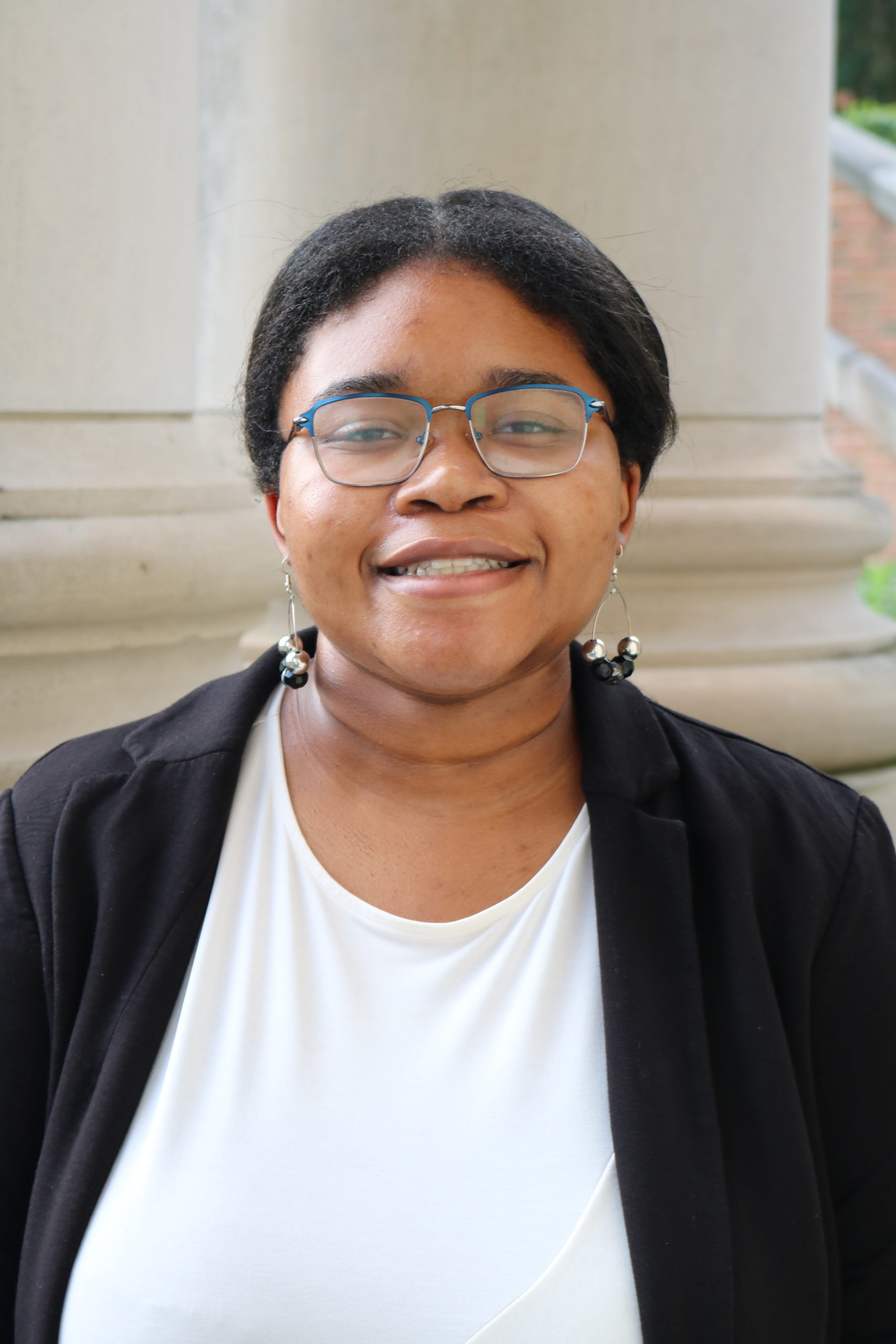In an interview with the Crimson, founders of the Black at Samford Instagram account chose to answer questions as a group in order to help protect the anonymity of its creators.
“Nothing is covered up that will not be revealed, or hidden that will not be known. Therefore whatever you have said in the dark shall be heard in the light, and what you have whispered in private rooms shall be proclaimed on the housetops.” (Luke 12:1-3)
According to the Instagram account, Black at Samford, they are the housetops.
Following the launch of the “Samford Alumni for Black Lives” online “ petition in May asking Samford University to do more in regard to race-related issues and increase its budget for the Office of Diversity and Intercultural Initiatives, , organizers of the Black At Samford account decided to use a different platform to try and make the university understand the importance of fully addressing race-related issues.
According to the account’s organizers, the goal of the Black at Samford Instagram account is to create a platform where black students can openly and honestly share their experiences without fear of being reprimanded by campus representatives, gas-lit, censured or ignored.
Black at Samford organizers said that, in the past, when Samford officials would hold open forums for students to speak about their experiences while navigating white spaces on campus, it was done in a way to protect the comfort of those hearing the experiences. At the same time, they said those who were sharing their experiences were not fully engaged and were left feeling vulnerable and hurt.
In response, Sarah Cain, the media relations manager at Samford said the university has taken steps to expand opportunities for the campus community to “share their stories, ideas, concerns, hopes, and recommendations.”
“Any time we host forums for students, it is always our goal to make students feel involved, engaged, and free to speak,” Cain said.
In June, Cain said, the university established an online form where students, employees, alumni, and parents can participate.
“All of the feedback provided through this form goes directly to the Task Force on Racial Justice to inform their work,” Cain said.
Samford students Camille Womack, Leah Jones, and Mia Banuelos, who are all followers of the page, shared how they feel about the Black At Samford account.
“I feel that the account is shedding light upon the daily microaggressions and racism that students of color deal with,” Womack said.
Jones spoke about the function of the account.
“I think Black students need a place where they can feel safe to share their stories and Samford needs to know how they are being treated,” said Jones.
Banuelos said the Instagram account showed students what is really going on within the Samford bubble.
“I think people try to ignore the ugly that comes along with Samford, but there’s no use in staying in the bubble. No growth comes from that,” Banuelos said. “This account is putting these stories in people’s faces so they can see what goes on at Samford.”
The Black At Samford organizers said they want students, faculty, and administrators to understand what they believe to be a contradiction between Samford’s mission and its treatment of students from marginalized groups.
“An appreciation for diverse cultures has been a long-standing value of the university,” Cain said in response, when asked about the group’s stance.
Both Jones and Womack said Samford needs to do a better job of not just hearing these experiences, but listening to them and actively doing something about it.
In a June 8 message to the university community, Samford President Andrew Westmoreland outlined ways to improve race relations on campus, including the appointment of the Task Force on Racial Justice.
“In an update to campus on Sept. 9, Assistant Provost for Diversity and Intercultural Initiatives Denise Gregory shared that the Task Force has developed subcommittees to focus on a number of critical issues, including Implicit Bias, Historical Accounts, Curriculum, Employee Hiring, and Personal Responsibility,” Cain said. “Additional subcommittees will be created as the work of the Task Force continues.”
Black At Samford has developed their own action points that they believe can make Samford a more inclusive campus for individuals of color. These points can be found on the group’s Instagram homepage.
“Our first action point calls for the continued diversity hiring of faculty, administrators, and staff on campus, in any appointments to the Board of Trustees, and in every task force,” they said.“Second, specific targeted events for students in the majority to address ways that they contribute to and benefit from systemic racism, including but not limited to racial equality, cultural humility, and whole allyship. Third, a mandatory addition to the core curriculum requirement for Samford freshmen for a foundational unit on race and allyship (ex. CA, CP) taught by a full-time black professor. Lastly, increased funding for the expansion of the Office of Diversity and Intercultural Initiatives and increased emotional and academic support for black students.”
In an effort to increase funding for the Office of Diversity and Intercultural Initiatives, Cain said that one of the main priorities of the Big Give this year was fundraising in support of the university’s Excellence Fund for Diversity, which raised $28,259.79. Cain said Black at Samford shared the Big Give information on its page and helped direct donations toward the Excellence Fund for Diversity.
While their action points were directed mainly toward administration, faculty, and staff, Black at Samford also addressed the university’s students.
“Our biggest challenge is to the students,” they said. “Surround yourself with people who are not like you. Call out your white friends when they are racist. Report your teachers for being racist and insensitive to black students in your classes. We have received tons of submissions from allies witnessing the mistreatment of black students first-hand and chose silence and now wishing they had the opportunity to go back and speak up.”
Black at Samford recommends students surround themselves with different voices and have uncomfortable conversations with them.
“You need different voices,” they said. “You need voices that will make you uncomfortable. You can not grow when you are surrounded by comfort. You cannot grow when you are comfortable being complacent in environments that cater to you at the expense of your black peers.”
Students can follow@blackatsamford on Instagram to hear more about the experiences of students of color and learn about ways to better support them.
To learn more about the university’s Office of Diversity and Intercultural Initiatives, including updates about the Task Force and its subcommittees, visit https://www.samford.edu/departments/diversity/campus-initiatives.

Staff Writer





